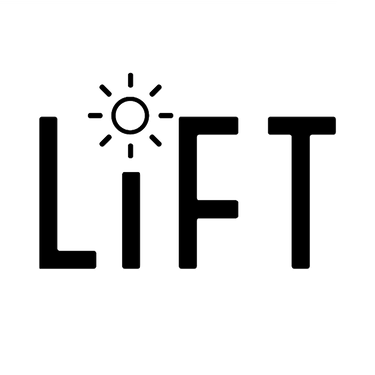VAPE TAX OCTOBER 2024
Canada’s 2024 Vape Tax: What It Means for Ontario Vapers
In October 2024, a major change hit Canada’s vaping industry as the federal government and Ontario each increased taxes on vaping products, significantly affecting prices across the province. This update aims to reduce vaping rates, particularly among youth, by making it more costly—a trend seen in other nations addressing the growth in vape use. Here’s a breakdown of how these changes impact Ontario’s vapers and what it means for the future.
Understanding the 2024 Vape Tax Increase
Canada introduced a 12% hike on the federal vape excise tax, effective July 1, 2024. This update increased the cost on nicotine e-liquids across all provinces, taxing $1.12 per 2 mL for the first 10 mL, followed by $1.12 for each additional 10 mL. Ontario then implemented a matching provincial excise tax of $1.12 per 2 mL, effectively doubling the tax on vape products sold within the province.
This combined tax rate means Ontario residents now pay $2.24 per 2 mL of e-liquid, significantly driving up costs. For instance, a 30 mL bottle of e-liquid now carries around $15.68 in taxes—double what consumers paid previously, a substantial increase for vapers buying these products regularly.
Why the New Vape Tax?
The Canadian government’s goal with this tax increase is straightforward: discourage vaping, particularly among youth, by adding a financial deterrent. The federal and Ontario governments argue that higher costs could make vaping less attractive and potentially prevent new users from starting. Vaping, which has grown in popularity over recent years, is seen as having risks for young people, especially when considering long-term nicotine dependency. The hope is that these taxes will curb the number of new vapers and help limit existing users, aligning with Canada’s public health goals.
How Much Will Vapers Pay?
The exact cost increase varies depending on product size and nicotine concentration. For reference:
- 30 mL bottle of e-liquid: $15.68 in additional taxes ($7.84 federal + $7.84 provincial).
- 60 mL bottle of e-liquid: $22.40 total in additional taxes ($11.20 federal + $11.20 provincial).
These new rates apply to disposable vapes and pre-filled pod systems, meaning that disposable products will likely see a per-unit price increase of approximately $10 to $15. This increase could be particularly impactful on lower-cost disposable options, making refillable and reusable systems slightly more cost-effective by comparison.
Impact on the Vaping Community
While the tax was introduced as a deterrent, it has raised concerns that the increased costs might drive some vapers back to traditional cigarettes if vaping no longer provides a cheaper alternative. Critics also warn that a higher vape tax could push some consumers to seek unregulated black-market products, which carry additional health risks due to unknown ingredients and quality control. For adults using vaping as a smoking alternative, this tax might create financial pressure, potentially undermining vaping’s role as a harm-reduction tool.
Will This Help Curb Youth Vaping?
Canada’s vape tax is part of a broader public health strategy to reduce youth access to vaping by driving up prices. However, the success of this measure remains to be seen. While cost can be a deterrent, some argue that education and strict age-verification measures at point-of-sale may be more effective than simply raising prices.
Navigating the New Costs as a Consumer
If you’re a vaper in Ontario, adjusting to the new vape tax means exploring ways to save:
1. Consider Switching to Refillable Pod Systems: Refillable systems are generally more affordable in the long term, allowing users to buy e-liquid in larger quantities, potentially helping offset the impact of higher taxes on disposables.
2. Look for Bundle Deals and Loyalty Programs: Many vape retailers offer discounts on bundled items or loyalty programs that provide points or discounts for regular purchases, which can help reduce overall spending.
3. Explore Zero-Nicotine Options: Though provincial taxes might still apply to zero-nicotine products, they generally carry lower overall tax burdens.
In response to these changes, vape retailers may begin offering promotions, discounts on accessories, and bundled deals to ease the cost increase for their customers.
With the 2024 vape tax changes, Ontario’s vape community will undoubtedly see a shift in how they purchase and use these products. While some users may adapt to new costs, others may find themselves reconsidering their usage altogether.



